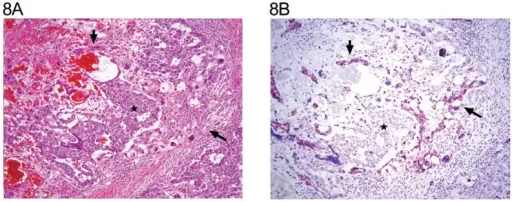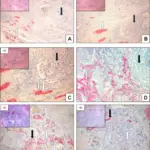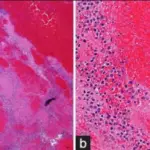Yolk sac tumors are common testicular tumors affecting infants and young children.
What is the Pathology of Yolk Sac Tumors?
The pathology of yolk sac tumors is:
-Etiology: The cause of yolk sac tumors is unknown.
-Genes involved: RUNX3 gene and GATA-4.
-Pathogenesis: The sequence of events that lead to yolk sac tumors is unknown.
-Morphology: The morphology associated with yolk sac tumors shows a soft mass that is generally yellow-white, with mucoid areas and areas of necrosis and hemorrhages.
-Histology: The histology associated with yolk sac tumors shows Schiller-duvall bodies.
How does Yolk Sac Tumors Present?
Patients with yolk sac tumors are typically young males. The symptoms, features, and clinical findings associated with yolk sac tumors include painless testicular lumps.
How are Yolk Sac Tumors Diagnosed?
Yolk sac tumors are diagnosed through laboratory studies such as AFP, B-HCG, and LDH. Biopsy is confirmatory.
How is Yolk Sac Tumors Treated?
Yolk sac tumors are treated through surgical treatment and adjuvant chemotherapy.
What is the Prognosis of Yolk Sac Tumors?
The prognosis of yolk sac tumors is good, with a survival rate greater than 90%.



